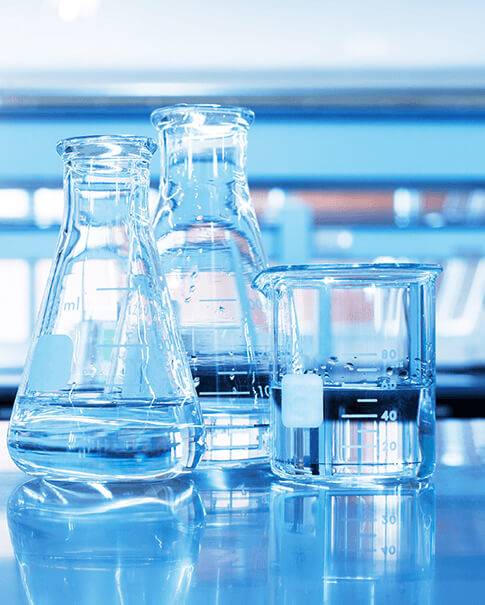What Are You Looking For?

Degree of Hydrolysis of Polyacrylamide
Dec 04, 2023The degree of hydrolysis of polyacrylamide refers to the extent to which the acrylamide monomers in the polymer have undergone hydrolysis. Polyacrylamide can be partially hydrolyzed, resulting in the formation of both acrylamide and acrylic acid units within the polymer chain.
The degree of hydrolysis is typically expressed as a percentage and represents the ratio of the number of hydrolyzed units to the total number of units in the polymer. For example, if 30% of the acrylamide units have undergone hydrolysis, the polyacrylamide is considered to have a degree of hydrolysis of 30%.
The degree of hydrolysis significantly affects the properties and performance of polyacrylamide. Higher degrees of hydrolysis can increase the polymer's solubility, viscosity, and ionic character. This makes it more effective in applications such as flocculation, thickening, and stabilization in various industries like water treatment, mining, and oil & gas.
It's worth noting that the specific degree of hydrolysis can be customized during the manufacturing process by adjusting the reaction conditions and the amount of hydrolyzing agent used. Different degrees of hydrolysis may be required for different applications, and manufacturers can provide polyacrylamide with varying degrees of hydrolysis to meet specific customer needs.